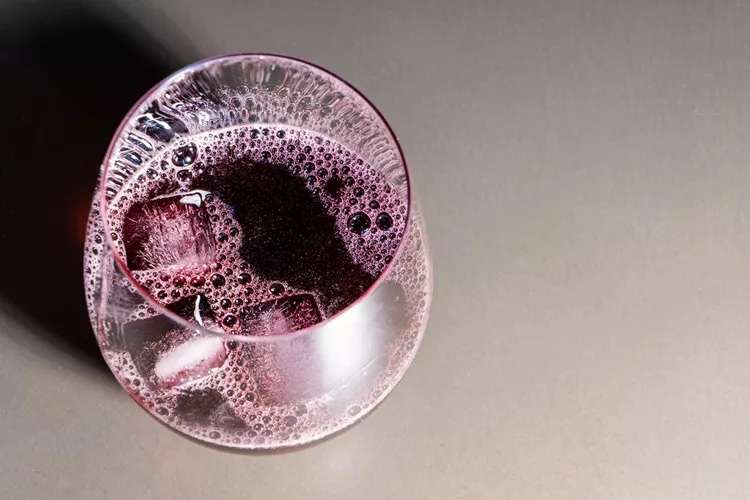Intro: Labels That Speak Volumes
Ever stood in the wine aisle, overwhelmed by bottles that look like they’re written in code? You’re not alone. Whether it’s a French label full of unfamiliar regions or a California wine flexing its varietal, knowing how to decode a wine label can instantly elevate your wine-buying game.
This guide will walk you through exactly what to look for, whether you’re shopping Old World or New World, so you never have to pick a bottle based on how pretty the label looks again (unless you want to).
The Anatomy of a Wine Label
Most wine labels — no matter the country — include these basic details:
-
Producer or Winery
-
Region or Appellation
-
Grape Variety
-
Vintage (Harvest Year)
-
Alcohol by Volume (ABV)
-
Quality Classification (if applicable)
Let’s dive into how these appear across different countries.
Old World Labels (France, Italy, Spain, etc.)
These often emphasize place over grape. Why? Because in the Old World, terroir (place, climate, soil) is king — and the grape variety is implied.
🗼 French Example – Bordeaux
-
Château Margaux = Producer
-
Margaux = Appellation (subregion in Bordeaux)
-
Grand Cru Classé = Classification
-
2018 = Vintage
-
13.5% ABV
You won’t find “Cabernet Sauvignon” listed, even though it dominates the blend. You’re expected to know it based on the region.
🍝 Italian Example – Chianti Classico
-
Castello di Ama = Producer
-
Chianti Classico DOCG = Region and quality level
-
Sangiovese is the main grape (again, not always listed)
-
2020 = Vintage
-
13% ABV
🇪🇸 Spanish Example – Rioja Reserva
-
Marqués de Murrieta = Producer
-
Rioja Reserva = Region and age classification
-
Tempranillo is the main grape, but not usually labeled
New World Labels (USA, Australia, Chile, etc.)
New World labels are much more straightforward: grape first, then region.
🍷 California Example – Napa Valley Cabernet
-
Robert Mondavi = Winery
-
Cabernet Sauvignon = Grape
-
Napa Valley = Region
-
2021 = Vintage
-
14.5% ABV
No decoding needed — what you see is what you get.
Quality Classifications: What They Mean
Depending on the country, you might see terms like:
-
AOC/DOCG/DOC/DO – Government-controlled quality designations
-
Reserva, Riserva, Gran Reserva – Aging terms (Spain, Italy)
-
Premier Cru / Grand Cru – Higher-end vineyard classifications (France)
These terms signal stricter regulations, aging requirements, or higher-quality terroir.
What Should You Look For as a Buyer?
✅ If You’re a Beginner:
-
Stick to grape-forward labels (New World or entry-level Old World).
-
Look for vintage if freshness matters (especially whites and rosés).
-
Don’t overthink ABV — but lower alcohol often means lighter-bodied.
✅ If You Want to Explore:
-
Learn the main grapes per region (e.g., Sangiovese = Chianti, Tempranillo = Rioja).
-
Explore by appellation once you’re confident with styles.
Bonus Tip: Back Labels = Hidden Gold
Many producers add tasting notes, pairing suggestions, and winemaking details on the back label. Always flip the bottle!
Final Sip
Reading a wine label isn’t about showing off — it’s about buying better wine with confidence. Learn the language, and you’ll spend less time guessing and more time enjoying.
Next time you’re in the shop, you’ll know exactly what you’re looking at — and why it might be perfect for your next pour.






Comments